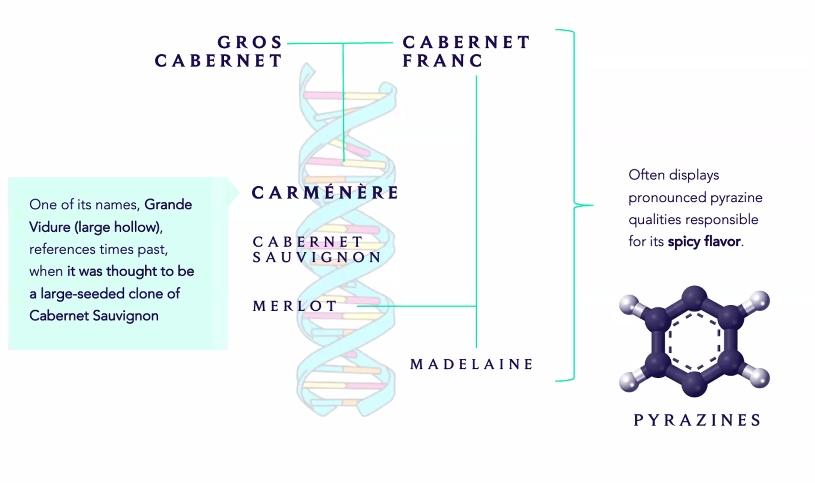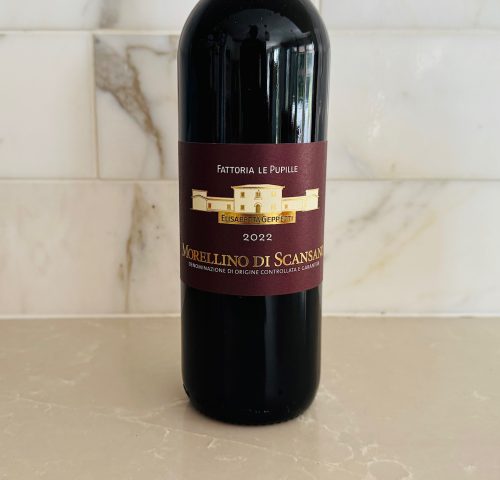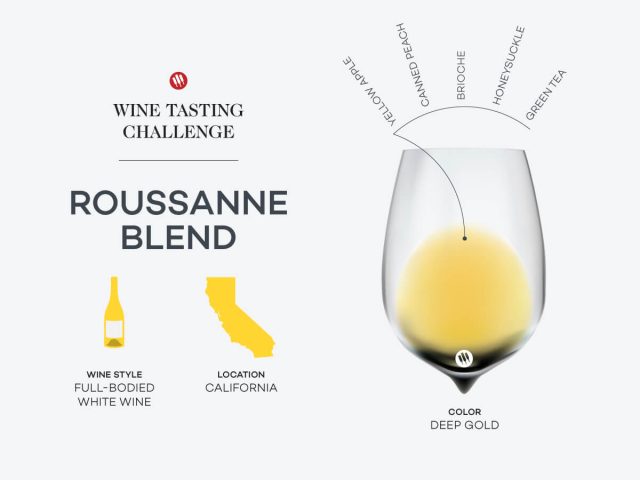A Carménère Reckoning: Revisiting Chile’s Rowdy, Oft-Reviled Red

“Love child, love child, never quite as good
Afraid, ashamed, misunderstood”– The Supremes
Carménère gets a bad rap. Particularly in my house, since my girlfriend despises pyrazine notes in her reds. For that alone, Chilean red wines are practically banned at our dining table (and here you thought that she was all 100% sweetheart, didn’t you?).
But good ol’ Carménère has a rather long history with me (or, I should say that I have a rather long history with it), and I’ve recently jumped on the bandwagon of Chile’s modern take on the variety, which is all about showing off whatever you’ve got.
But we’re getting ahead of ourselves here. Before I jump into the most recent spate of media samples (tasted online with Vinous‘ Joaquin Hidalgo), we should probably go over a refresher of Carménère itself.
Carménère is a cross between Cabernet Franc and Gros Cabernet, and belongs to the group of “pyrazine-rich” varieties (no surprise given its notably spicy Cab Franc parentage). Its name comes from the French carmin (crimson), describing to the color its vines’ leaves turn in Autumn (it goes by some other, lesser well known names, including Grande Vidure, Carmenelle, Cabernelle, Grant Carmenet, Carbouet and Cabernet Gernischt). Although it originated in France, Chile has by far the world’s most plantings of Carménère, with over 25,000 acres of it under vine in 2021 (France has just under 200 acres planted). You can also find spotty plantings in New Zealand, Italy’s Veneto, and China (didn’t see that last one coming, did you?).
Pyrazine is short for Methoxypyrazines, which are found in the leaves, roots, and shoots of grape vines and generally concentrate with less light exposure, so you tend to smell them (as jalapeño, herbs, grass, or bell pepper aromas) in wine grapes that ripen in cooler, less sunnier climes. Carménère has a long ripening curve, so it’s particularly susceptible to pyrazine accumulation, and the compounds extract into the wine quite easily (which generally makes them a headache for winemakers).
Possibly as a result of its affinity for pyrazine development, Carménère is now Chile’s 4th most planted grape (Cabernet Sauvignon retains the #1 slot, and there’s about the same amount of Pais/Mission planted as Carménère these days). Much is planted south of Santiago, to take advantage of the area’s has a milder Mediterranean climate.
For my money, pyrazines are only a “bad” thing when they are out of balance with the rest of a wine. As Hidalgo put it during our virtual tasting, “Today there’s a new idea about [Carménère] wines, pursuing authenticity in the wines. 20 years ago, the idea was to hide those pyrazines; today you have a long range of styles [expressing] the authenticity of this grape.”
Following is a smattering of Chilean Carménère reds that are embracing that expression of authenticity (you can count me as a fan):




InVina Luma Chequen Gran Reserva Carménère 2020, Maule Valley, $17
This red blends Carm picked from two vineyards in the Coastal Range: Las Tiza’s vineyard (northern, warmer), and Batuco vineyard (cooler, 30km from the Pacific). Green herbs spice notes are here in force, but it’s also broad-shouldered with quite ripe black plum and black cherry fruitiness. Silky and tangy on the palate, with lots of structure, but also an an undeniable juiciness, this is a great choice for steaks or burgers.

TerraNoble ‘CA2’ 2020, Maule Valley, $36
Hailing from a warmer spot in the cooler part of the Coastal Range, Cordillera de la Costa, the pyrazines (and cocoa nibs) are definitely there when it comes to this red, but the dark fruits are also in effect—and they’re all fleshy, ripe, and plummy. A softer, smoother, and seductive Carménère expression (if you can handle the green).

Montes Wings Carménère 2020, Apalta, $55
From plantings at the foothills of the Apalta mountain range comes this no-nonsense red, brimming with dark chocolate, various pepper spices (white, black, and bell), and wonderful fresh blueberry action. This label is supposedly an act of rebellion on the part of Aurelio Montes junior against his dad’s uber-popular Purple Angel. But it’s still a modern, polished, woody (70% aged in new oak), and powerful red, but it is also a touch more authentic and terroir-driven than dad’s Carm.




Primus Carménère 2020, Apalta, $21
Not to be confused with the band Primus, with whom I also have a long history, this Carm delivers excellent bang for the buck. Sourced with Organic grapes, and aged 12 months in 18% new French oak, it comes from a very warm vintage, and the richness of the blue plummy fruit shows it. But there are plenty of herbal and bell pepper spices going on here, and the mouthfeel is a fascinating battle ground between tannins, acidity, and plush fruit flavor.

Morandé Vitis Única Carménère 2021, Maipo Valley, $20
I’ve been a fan of these guys for years. From vines planted in gravelly soils, this is a pretty complete Carm: blueberry and blackberry fruit action, freshness, good structure, good freshness, and ample herbal and pepper spices that are sitting right where they ought to be. Focused, linear, and quite well done (once again).

Viña San Esteban In Situ Carmenere Reserva 2020, Aconcagua Valley, $13
From the lofty slopes of the Paidahuen hill (sitting 3,000 feet asl), this red might not be the most complex Carménère out there, but it sports oodles of cherry fruit, unapologetic green notes, easy-going flavors, and a nice amount of authenticity for the price.
Cheers!






